Education
This is the subheading
Aquatic Education
Over 850,000 people receive aquatic education supported by excise taxes in the United States
Hunter Education
Over 1 million people receive hunter education supported by excise taxes in the United States
Additional Workshops
In the United States, 38 states offer Becoming an Outdoors Woman (BOW) workshops
In the News
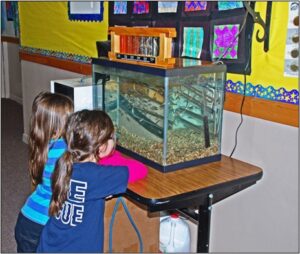
West Coast Schools Turn Small Tanks Into Big Lessons
Along the West Coast, salmon and trout are threads in the cultural fabric. They have sustained Native Tribes, fueled the economies of entire towns, and sparked wonder in countless anglers. They have even found their way into thousands of schools. Through state fish and wildlife agency salmon and trout in the classroom programs, students are rolling up their sleeves and becoming fish stewards.
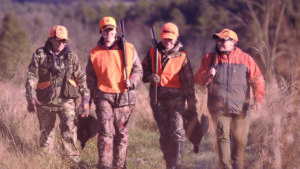
An Abundance of Thanks
In this season of gratitude, we give thanks for another year outdoors, for time well spent with loved ones, for meals gathered from the land and waters we all share, and for the generations of foresight that made this abundance possible.
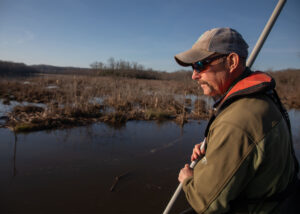
Into the Weeds: Virginia Biologists Track the Life of Invasive Snakehead
With funding from the Sport Fish Restoration Act, Virginia DWR has been collecting data and building one of the most expansive long-term snakehead research repositories to understand how the non-native fish are interacting with Virginia fish communities. The species has established itself in creeks, rivers, and even reservoirs through illegal introductions.
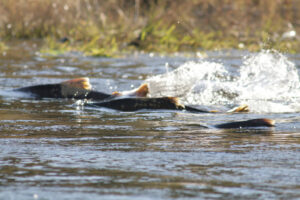
Restoring the Riverbed: How Sport Fish Restoration Act Funds Are Rebuilding Salmon and Steelhead Habitat in California’s Central Valley
In California’s Central Valley, along the Merced River, the low rumble of bulldozers signals renewal. Crews are returning clean, sorted gravel to the riverbed, rebuilding spawning habitat that salmon and steelhead have relied on for thousands of years.
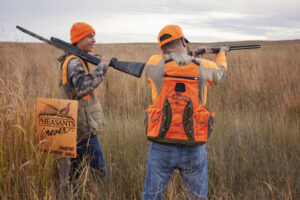
The Enduring Importance of Hunting & Fishing
Established in 1972, National Hunting and Fishing Day is a reminder of how hunters and anglers helped build the foundation of modern wildlife management in America. Outdoor pursuits like hunting and fishing, away from the hum of traffic and the grind of full calendars, connect people with nature. And this connection carries with it a responsibility.

Public Target Shooting Facilities Reopen in Alaska and Maine Following Modernization Upgrades
Alaska’s newly revamped Hank Harmon Public Range reopens after a long-anticipated modernization effort. Three thousand miles east, Maine’s Fryeburg Shooting Facility underwent a complete rebuild of its own. Though separated by four time zones, these two facilities share a common purpose of providing free, public access to safe, well-maintained target shooting spaces.
